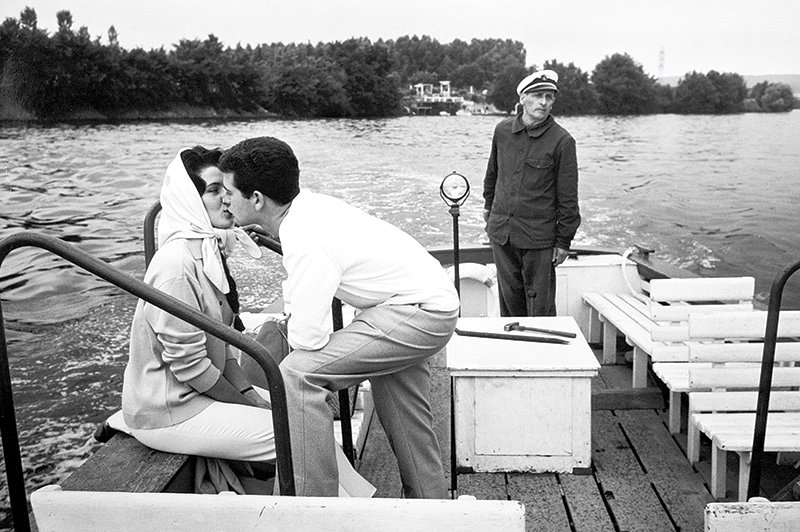Ford revs up the pressure to buy in Princess Anne.

Illustration by Gary Hovland
A century ago, cars were just getting hot, and connecting hopeful buyers with automobiles was the aim of an article on the front page of Virginia Beach’s Princess Anne Times. “Order Your Ford Now,” commanded the headline.
The bit, penned by N.J.H. Etheridge, the Ford Company’s man in Tidewater, looked like news, but it was no less than an all-prose ad. The man fairly barks. You can nearly see the top hat and hear the cracking whip as he provides his market with “a few facts for their consideration”: Ford made 750,000 “machines” the previous year; automobile owners know “the Ford is the best automobile regardless of price”; and residents prefer Fords because they can maintain them “as cheaply as they can take care of a horse and buggy.” Oh!
There is urgency to Etheridge’s plea: he ordered 36 cars for ’17, of which 24 remain. Unless he sells those 24, Ford won’t give him his 60-car complement for 1918, and the people of Princess Anne County will be deprived. Instead, Ford would deduct the unsold and give him just 36 of the new model.
By 1917, Madison Avenue had done little to make Princess Anne pant after the 1918 cars and shun the stepsistery 1917s, but we won’t judge based on today’s adoration of new models.
He revs up. If you want a car at Christmas, order it now. If you want a car in April, order it now. He even offers 6 percent interest on deposits, “better money than the bank,” and they can lock in the ticket price.
Etheridge’s Ford story was an unfledged advertorial; it looked like an article, read like an article, had no images representing the product and was otherwise indistinguishable from editorial matter. (At the time, the front page carried everything but news: ads for liniments, salves, cremes, ointments and tinctures, and machinery, now including cars, as well as poetry and even serialized novels. The news did not appear until page two.) Etheridge wanted that new inventory and ran a more urgent installment in November.
Though still rather new to the scene, the automobile had mushroomed in importance. How new was it? A flirtation with steam engines had begun in the early 1800s, and they were still taken seriously until they gasped their last in the 1930s. Internal-combustion engines were tested concurrently, and Europe led the pack, with names like Benz flashing about. Car manufacturing in the U.S. really stepped out in 1893, when the Duryea Motor Wagon Company (it was not an easy break from the wagon/buggy paradigm) opened in Springfield, Massachusetts. Other familiars soon popped up—Olds, Rambler, Ford and Cadillac.
Henry Ford, according to the Ford Motor Company website, built his Quadricycle in 1896, a four-horsepower buggy with a tiller instead of a steering wheel and four bike tires. Ford incorporated in 1903 with a $28,000 investment, selling its first Model A July 23 and turning a profit of $37,000 by Oct. 1. Tidy. Old Henry was on a roll.
Auto sales boomed in Virginia, jumping from 2,705 registered vehicles in 1910 to more than 37,000 in 1916. It’s intriguing to think what sales would have been like had Virginia had good roads. But they were terrible, notes the website of the Virginia Historical Society—so terrible that the Automobile Club of America told tourists motoring from New England to Florida to skirt Virginia. Where they should have motored to do so, however, is not revealed.









